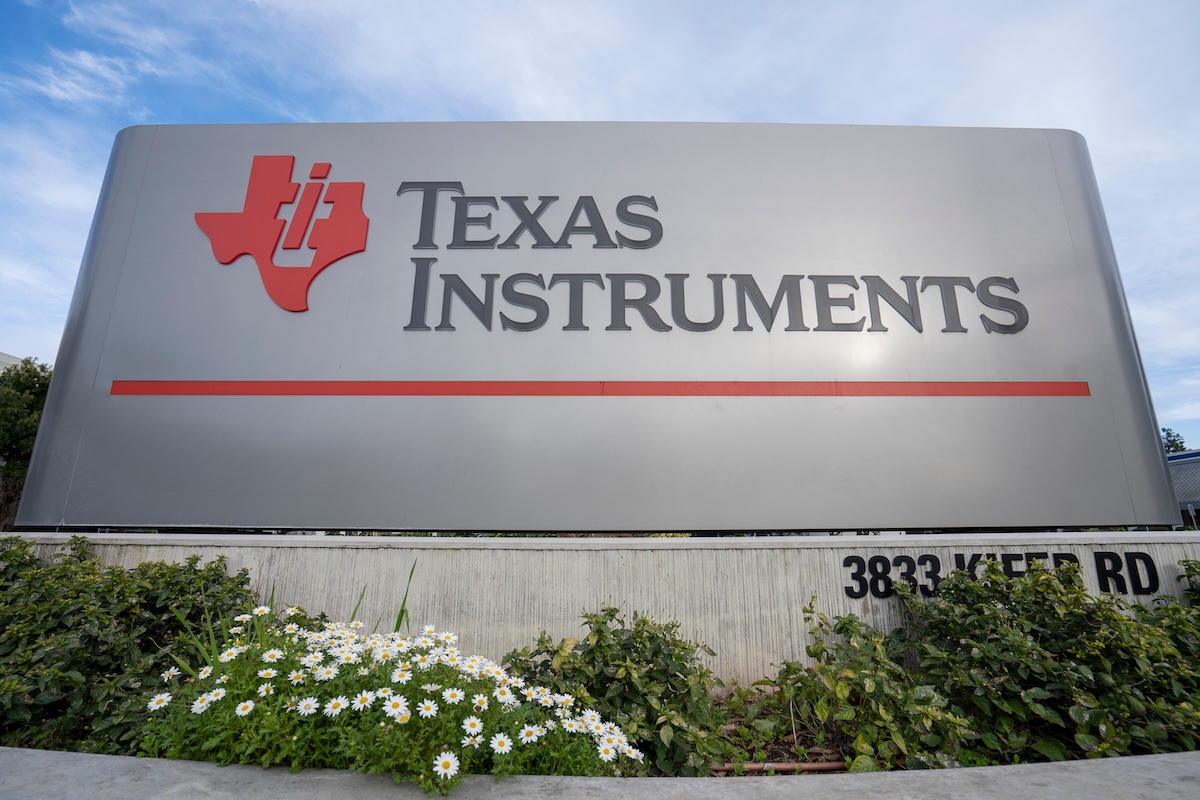
After Micron Technology (MU) announced that it was making a $200 billion investment in U.S. manufacturing and R&D that’s being backed by the Trump administration, Texas Instruments (TXN) has followed suit.
The company will be working with the White House on an initiative to invest more than $60 billion across seven U.S. semiconductor fabrication plants.
While Micron is investing $150 billion into domestic memory manufacturing and another $50 billion into research and development, Texas Instruments' (TI) venture is the largest investment in foundational semiconductor manufacturing in U.S. history.
The company said that the effort will support more than 60,000 jobs at its new manufacturing mega-sites in Texas and Utah.
TI said that the mega-sites will manufacture hundreds of millions of chips daily.
As part of the initiative, TI is building on its partnerships with other American companies, including Apple, Ford, Medtronic, NVIDIA and SpaceX.
“TI is building dependable, low-cost 300mm capacity at scale to deliver the analog and embedded processing chips that are vital for nearly every type of electronic system,” Haviv Ilan, president and CEO of Texas Instruments, said in a statement.
“Leading U.S. companies such as Apple, Ford, Medtronic, NVIDIA and SpaceX rely on TI’s world-class technology and manufacturing expertise, and we are honored to work alongside them and the U.S. government to unleash what’s next in American innovation,” he added.
U.S. has fallen behind in semiconductor manufacturing
TI is the largest foundational semiconductor manufacturer in the U.S., producing analog and embedded processing chips.
In fact, Citi Research analysts earlier this year expressed bullishness on the “low-end” analog chips that TI manufacturers.
There has been a prolonged slump for analog producers due to falling out of favor with the rise of high-end chips created by companies like Nvidia and Apple.
Citi said that a recovery for the analog chip market could drive EPS growth of 70% by the second half of 2026.
The global analog semiconductor market was valued at $87.5 billion in 2024 and is projected to grow at a 7.4% CAGR from 2025 to 2034 — reaching $178.9 billion by the end of that period.
Although the U.S. is seen as far and away the global leader in microchip design – it has lagged other countries, especially China, in manufacturing.
One of the main issues that has faced the U.S. – and the reason it has long been importing chips from China and other countries in Asia – is that there has been a lack of skilled workers in the domestic semiconductor industry.
The industry is expected to need about 300,000 engineers and 90,000 skilled technicians by 2030 to meet the growing demand for semiconductor manufacturing.
The Trump administration is hoping these latest investments will start closing the gap on the shortfall.
“President Trump has made it a priority to increase semiconductor manufacturing in America – including these foundational semiconductors that go into the electronics that people use every day,” U.S. Commerce Secretary Howard Lutnick said in a statement. “Our partnership with TI will support U.S. chip manufacturing for decades to come.”
TI’s shares are up 9.8% YTD.
Your email address will not be published. Required fields are markedmarked